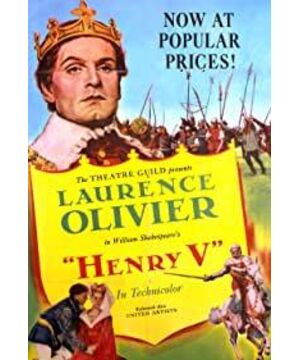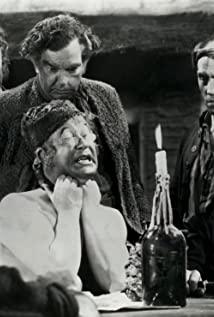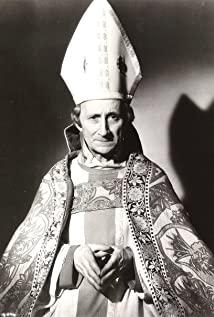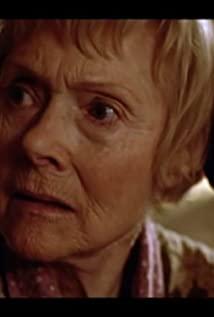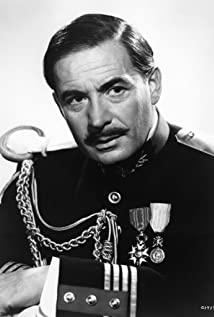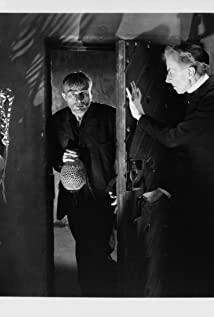In movies, although no movie needs to copy the world of perception, people often compare it with the physical space we perceive-this is unavoidable in any movie. As André Bazin often points out: From the moment film is born, it has a basic (ontological) connection with space reality, and thus depends on it for survival. He likened this relationship to an asymptote: On the one hand, movies and reality are infinitely close and indistinguishable, but on the other hand, there are still differences between the two.
In 1944, the film "Henry V" directed by Lawrence Oliver showed the asymptotic characteristics of this relationship. Based on this alone, this is a movie worthy of careful study. Despite the stylistic (ontological) heterogeneity of the film, it still succeeded in creating a separate and unified effect. This makes it a compelling test-to investigate the status and laws of film in the field of art.
"Henry V" shows its skills in countless ways: its poetry, color, setting, and of course its "artificial" opening and ending, during which the audience's position is also very clearly added. In the theater space of the movie.
This movie makes us dare to ask: "What is a movie?" It shows us a variety of visual and dramatic styles, and connects the major modules through grand and prominent visual design. But I think: the director arranges these modules in the film in order to present us with a strong illusion as much as possible, that is, the immortality of film images. This in turn interprets Shakespeare through the film, and Shakespeare's history that is equally immortal and closely connected with the "essence of things".
The structure we are talking about is the hyperbola structure. A large number of narrative parts in the film "Henry V" occupies a series of points on Bazin's progressive curve, and its vertical axis is defined as absolute reality, forming a hyperbolic structure. The film begins with its stylized, non-realistic scenes, develops into the magnificent film scenes of the Battle of Agincourt, and then returns to the exquisite artificial setting in the ending scenes [1-8]. Such a structure ensures the reasonable symmetry of its form to the audience, and at the same time constructs a central illusion—just like moving down a tunnel, approaching and gazing at a certain reality. This kind of thing was caught by Yu Guang, but it was never really obtained. It is a perfect battle that is fully reproduced in the film, and it is an unquestionable event-establishing a more abstract concept of history, historical dramas and film adaptations. The film reproduces the war through the perfect deep-focus lens, camera movement skills, and undisputed photographic power. During this time, every painting technique is used to construct a personalized image of every person, and the other parts of the film are also They are actively showing all of this.
Let us examine this structure in detail. The symmetry of the play "Henry V" can be seen many times in the film: two wars (Haflel and Agincourt), two courts (Britain and France), two scenes boasted by soldiers (Haflel) The four British officers of Agincourt and the four French aristocrats of Agincourt). In addition to embodying the symmetry of the internal structure of the people’s lives in the movie (Bistol left England with the pledge of heroism, and Bistol left France with corruption), this film puts all events into one In the unforgettable symmetrical "bracket structure". When we were caught watching the play at the opening and ending, the opening and closing were both a great journey across the Thames to the theater, symmetrical like a pair of parentheses. Then, like magic, the stage becomes a screen, and the screen returns to the stage. More specifically, the tricks of using models and the deliberate exposure of dances. The tricks of using models and the tricks of deliberately exposing the stage gave way to (later restored) the stylized scenery of the French court and the wilderness, which resulted in an illusory cultural setting. Reality show.
In other words, they are the transitional clips between the man-made castle scene and the real scene shooting of the war scene. In terms of spectacular scene scheduling, image depth of field space, and crisp montage editing, this battle itself is a summary of decades of film history. This is the film's contribution (and eulogy) to a dramatic text, which can only be reproduced through spectacular scenes and can only attract the audience to imagine the fierce battle. The visual effect of this war movie is much better than before, and the nearly 20-minute war fragment has only a few lines of dialogue. However, it also serves the king like language. There is no doubt that no matter how grand the war scene is, it is meticulously planned like a symphony orchestra. As for the commander of the orchestra? We are tacit understanding to each other.
In the climax, he fought one-on-one with the French chief. He finally defeated the last opponent and occupied the center of this deep space, which was enough to force the timid French soldiers to abandon their armor and retreat. For the first time, this scene shows the unbalanced diagonal of the film. Spears, javelins, and rows of troops all extend in endless directions beyond the screen, leading to the next shot, and even deeper space. This is the imagination given to us by the singing of the chorus in the prologue-"the vast land of France". A flying paper announcing the beginning of the play, passing through an old London model, and flying into the Globe Theatre, we can estimate the vast distance of this journey. Since their plays are angled and emphasized the closed and orderly "miniature" world, the more natural scene of the Boar Head Hotel and the setting of the Duke of Bailey were put into the stage space, which was the battle of Agincourt. The dynamic spectacular contrasts. All these aspects (pictures, lights, colors, sound) prepare us for the two salient features of this battle scene: space and movement. From the two-dimensional propaganda poster to the box-shaped stage, to the miniature set in France, and even to the Montjoy projected at the back of the studio, our sight gradually extends to the infinitely deep and clear space.
I have positioned this battle as the center of this work, but to be more precise, the center of the film is Shakespeare's verses-these verses are so solid, so immortal, so profound and extraordinary, that they can be transformed into almost any image. Therefore, the rich and luxurious film language of the Battle of Agincourt was driven by the script. Oliver insisted on the hierarchical system that language is superior to image, and embedded Shakespeare's text into Shakespeare's wooden O-shaped building, the Globe Theatre.
The meticulously crafted narrative and visual effects have made this film extraordinary, and all of this is based on the realism of the film. The realism of space on the battlefield of Agincourt depends on an earlier and deeper moment, the silence of Henry's meditation. The movie tells us: The core of history is the power of great men. This is a power that can be controlled automatically, and then through it to control the public, and thus control the future. By systematically denying excessive visual processing, and by showing the images and charm of Henry's suffering, all visual excesses become reasonable.
We can now say that Oliver has discovered the "cumulative" movement of British history in the film. By showing his hints to history and pre-existing views in the form of a hyperbola, he succeeded in creating an illusion: all these constructions ultimately end up at the point of unconstructed truth. In order to change this analogy, the center of the film shows the disappearance of real space, that is, all the external space implied by the war in the film-the endless and deep internal space of the king's contemplation. The modeling of film culture and art has not weakened in the contrast with the realism of space and drama. On the contrary, they are displayed like geometric figures constructed, attracting our attention through a flat painting; or like all technical Necessary objects, to capture real objects. The purpose of construction is reality, and reality ensures the correctness of these special structures. In this way, the film confirms the sacred status of British history and culture (Shakespeare). In the art world, although the film itself is not realistic, it is the spokesperson of reality.
Summarize:
Through the carefully crafted perspective after the film adaptation, and the true illusion of the depth of the film, Oliver defeated culture and nature. Walking along the rich tunnel of this movie, we encounter the essence of human nature and the naked reality of language. The text is hidden in this magnificent historical picture, so it is also the truth that rationalizes the massive hallucinations of the film. On the contrary, by allowing us to consciously accept the heavy visual experience of Agincourt, Oliver prepares us to accept the experience of inner reality, that is, the experience of language itself. Through a layered structure surrounding the core, Olivier also connects our beliefs with vision and language, so that the fragile inner life of each audience can be connected with the continuity of historical and cultural life. The most important thing is that through the film's compatible re-production of painting, drama, and music, and its unique convergence with reality, the integration of various perspectives becomes possible. In terms of the broad ideology carried by this film, there are very few films that can surpass it. As far as its historical and aesthetic values are concerned, those who stand out are even rarer.
View more about Henry V reviews


